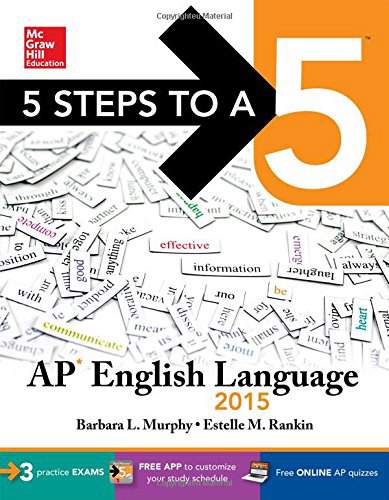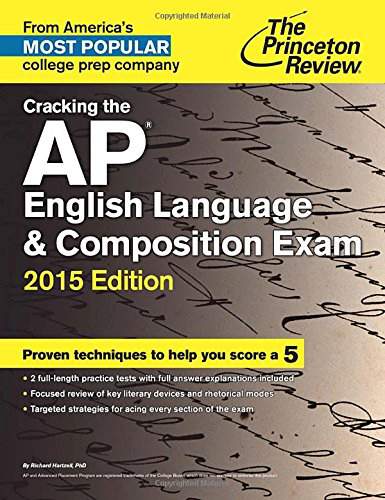Connecting...

This is a quick preview of the lesson. For full access, please Log In or Sign up.
For more information, please see full course syllabus of AP English Language & Composition
For more information, please see full course syllabus of AP English Language & Composition
AP English Language & Composition Rhetoric Crash Course: Warrants
Lecture Description
In the lesson, our professor Rebekah Hendershot goes through an introduction on a rhetoric crash course of warrants. She starts by reviewing the three elements of argument and then explains what a warrant is, the types of warrants and evaluation of warrants.
Bookmark & Share
Embed
Share this knowledge with your friends!
Copy & Paste this embed code into your website’s HTML
Please ensure that your website editor is in text mode when you paste the code.(In Wordpress, the mode button is on the top right corner.)
×
Since this lesson is not free, only the preview will appear on your website.
- - Allow users to view the embedded video in full-size.
Next Lecture
Previous Lecture















































Start Learning Now
Our free lessons will get you started (Adobe Flash® required).
Sign up for Educator.comGet immediate access to our entire library.
Membership Overview